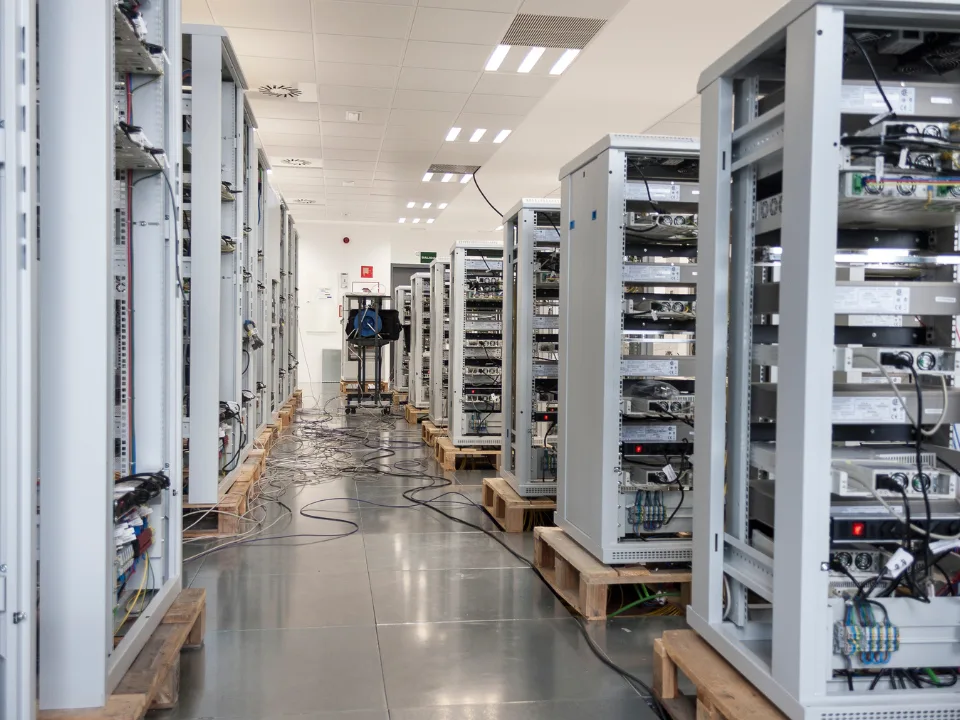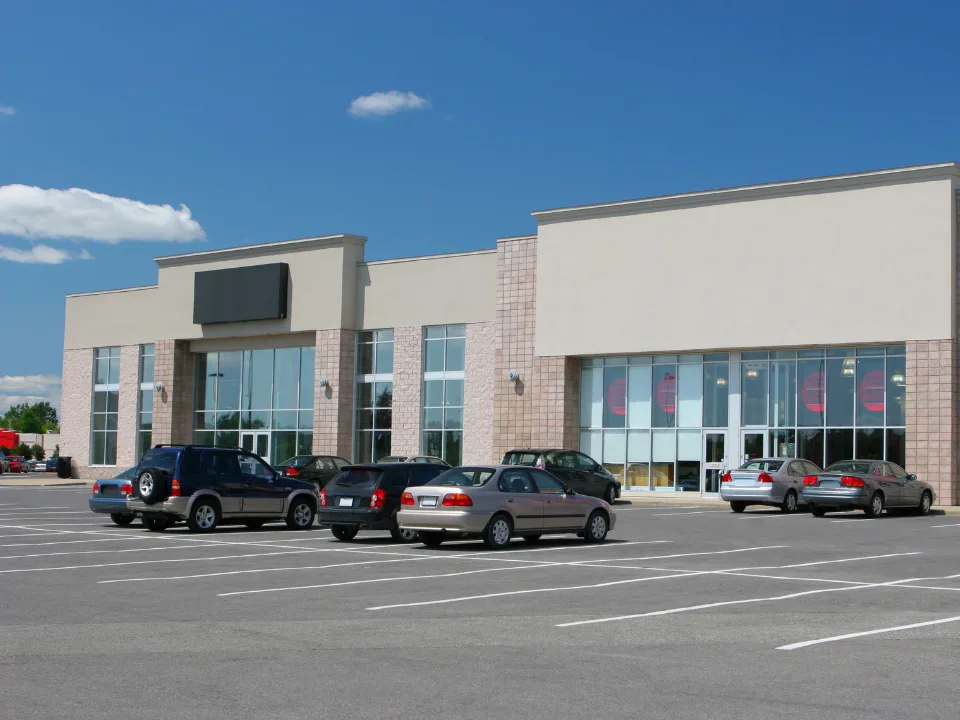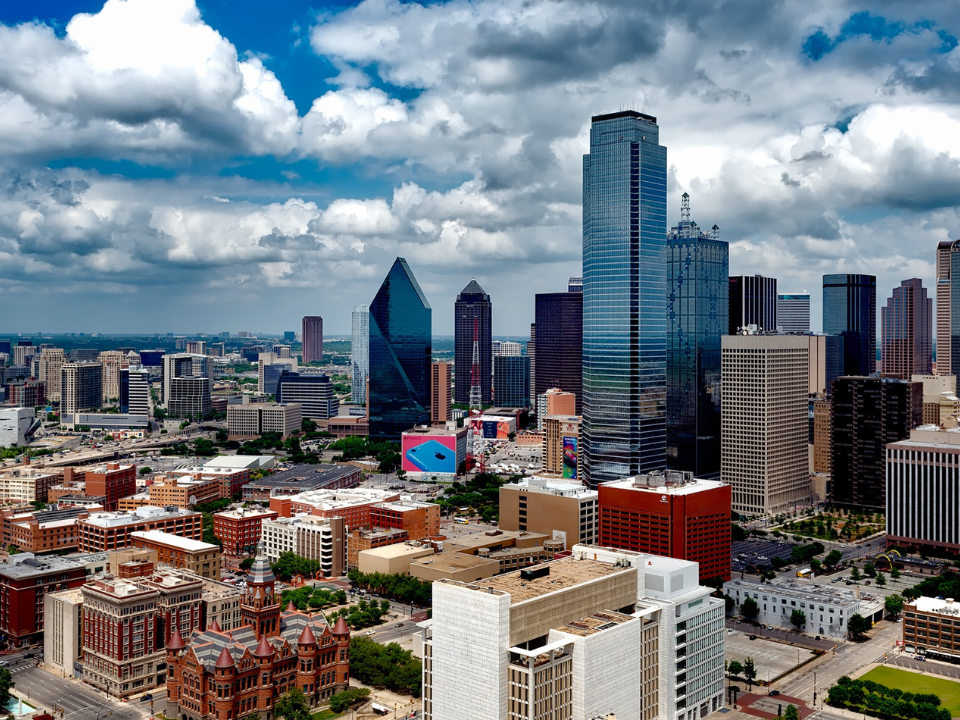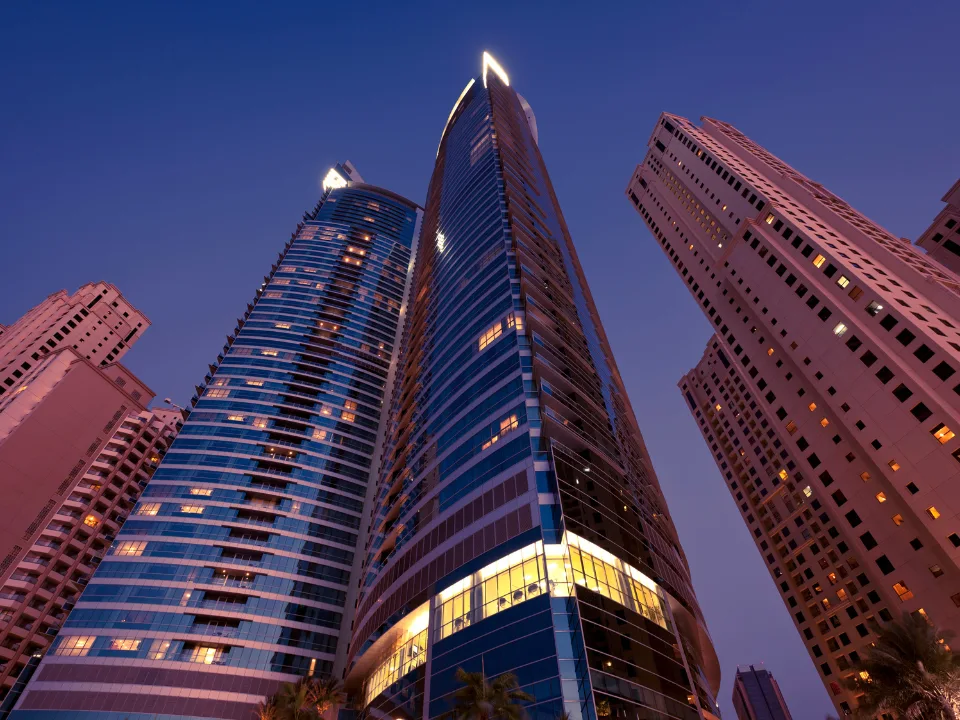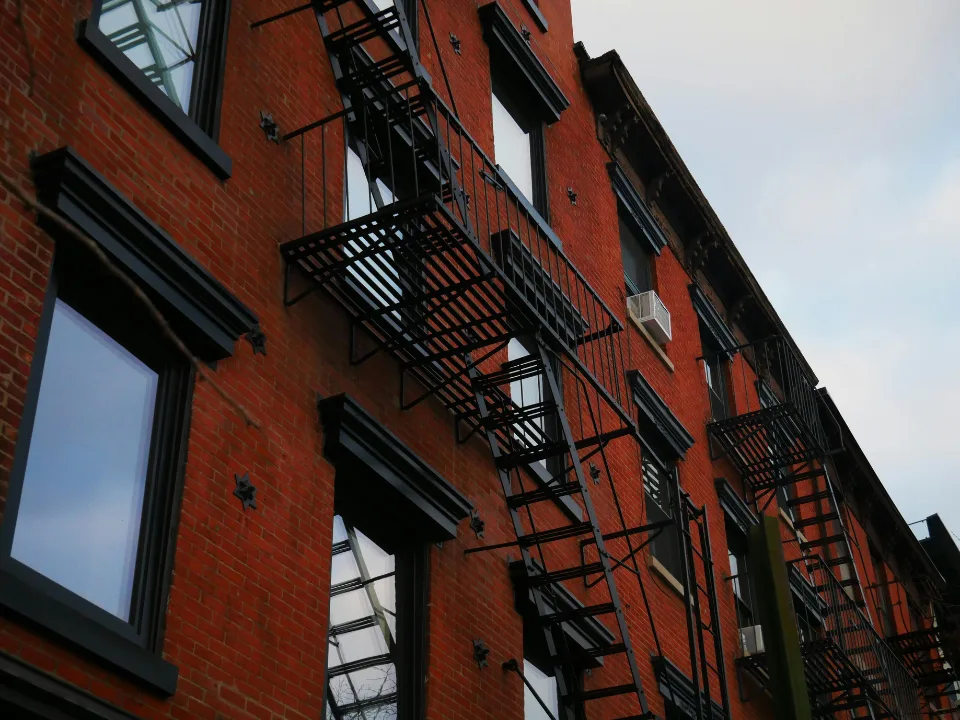- Multifamily sales are beginning to rebound, but Texas is lagging behind due to oversupply and falling rents, particularly in cities like Austin.
- The Texas CRE market remains under pressure, with rising foreclosures and fewer high-profile single-asset sales compared to other states.
- Institutional investors, such as KKR and Blackstone, are seizing opportunities by leveraging their scale and capital reserves to navigate current challenges.
Texas has long been a hotspot for multifamily growth, with cities like Dallas and Austin experiencing rapid population increases.
However, as reported in The Real Deal, a wave of new apartment supply and high interest rates have created short-term challenges for the state’s multifamily market.
Texas Cools Down
Austin, in particular, has been hit hard, with rent prices and occupancy rates dropping more sharply than in other major U.S. cities.
According to KKR’s April report, this supply-demand imbalance is expected to ease around 2026. In the meantime, multifamily owners in Texas are under significant and growing pressure.
Despite headwinds, however, large institutional investors see opportunities. KKR & Co. (KKR), for example, purchased a portfolio of 18 recently built apartment communities from Lennar’s Quarterra for $2.1B, including properties in Texas.
Institutional Interest
While smaller investors remain cautious, large firms are capitalizing on the current market dynamics. KKR & Co. (KKR), Blackstone (BX), and Brookfield (BN) have made significant acquisitions in recent months, leveraging their scale and access to capital to invest during this period of dislocation.
Blackstone CEO Jonathan Gray likened the current environment to the aftermath of the Great Recession, noting that now is the time to “plant seeds” for future growth.
Blackstone’s acquisition of Apartment Income REIT for $10B and Brookfield’s purchase of a 7.3K-unit portfolio from Starwood (STWD) for $1.55B underscore the confidence institutional players have in multifamily’s long-term prospects.
Still Below Previous Highs
Despite the uptick in activity from big investors, overall deal volume remains well below previous highs. Multifamily investment fell for seven consecutive quarters, with Q2 still down 11% YoY, excluding blockbuster deals like Blackstone’s.
However, this decline is far less steep than the 68% drop recorded in 2Q23, signaling the market may be on the mend.
However, the recovery in Texas is significantly slower. Cities across the Texas Triangle, including Dallas, Austin, and Houston, saw some of the largest declines in sales volume.
Dallas, once the top city for apartment sales, saw transaction volumes plummet 40% YoY. It’s the only city among MSCI’s top five markets to see such a drop.
Looking Ahead (Cautiously)
The Texas multifamily market still faces numerous challenges, particularly for smaller investors grappling with rising interest rates and foreclosures.
Indeed, Texas ranked second in the nation for commercial foreclosures in June, a reflection of the high volume of trades that took place during the era of low interest rates.
While rents and apartment values are stabilizing and institutional investors are moving back into the market, the path forward for smaller players may be more difficult.
Experts agree that the market’s recovery depends largely on future interest rate decisions. If the Federal Reserve lowers rates, it could accelerate the recovery. If not, the market may face another 18–24 months of uncertainty.
